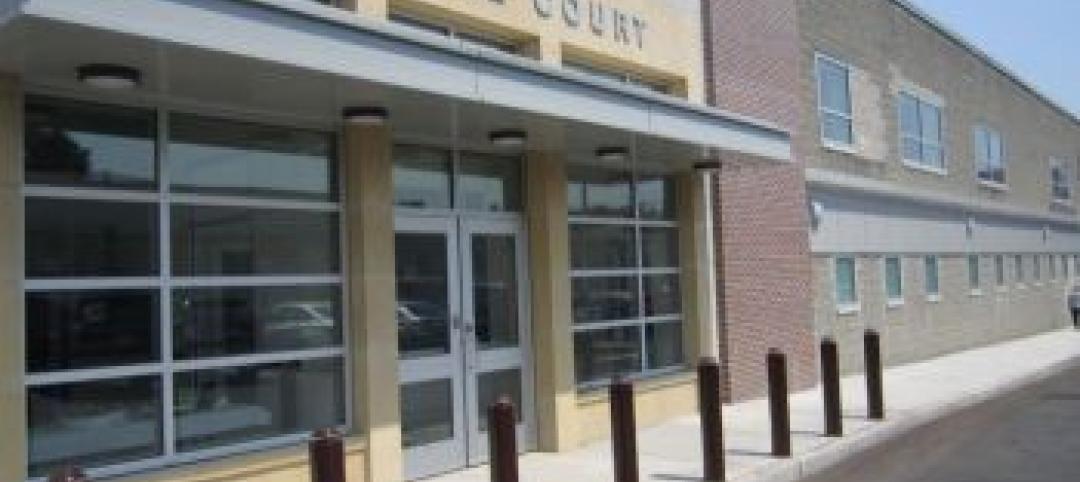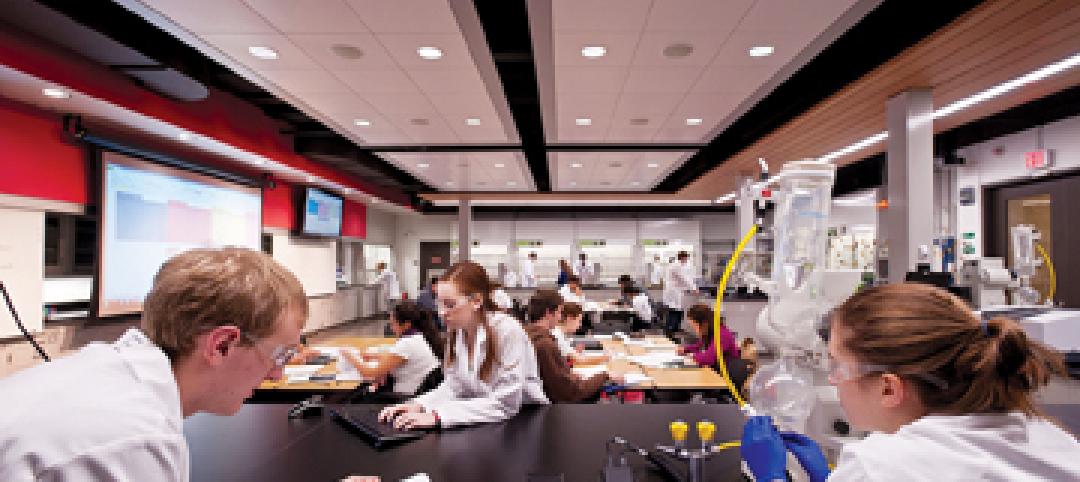There’s money to be made in reconstruction. Based on our annual Giants 300 survey, we estimate that the top 300 AEC firms generate about 20-30% of annual revenues from reconstruction, and for design firms that specialize in historic preservation and adaptive reuse, that percentage can quickly go north of 50% of total revenues. If your firm is doing less than the industry average, you may be missing a great opportunity.
A reconstructed building is the ultimate green building. It is generally the case that “saving” an existing building is the most sustainable thing you can do, for obvious reasons. Whether it’s a renovation that simply extends an existing use, or one that takes an existing building and transforms it to another use, much of the embodied energy in that building is staying put.
Furthermore, reconstruction offers the opportunity to take an energy hog and make it much more efficient. Just doing the basics—sealing the envelope, insulating, upgrading lighting and lighting controls, etc.—should yield a 20% improvement in energy efficiency. Stretch a little and 30% energy savings should not be unreasonable. That’s good for the building, the occupants, and the owner—and it’s the right thing to do.
Reconstruction can turn ordinary buildings into great buildings. Look at how the Building Team for the Mid-Ohio Foodbank took an old mattress factory and turned it into a LEED Gold facility that helps provide 55,000 meals a day to the hungry and involves 10,000 volunteers a year. Owen Hall at Michigan State University and the new Cell and Genome Sciences Building at UConn are additional examples of how the ordinary can be transformed into the extraordinary.
Reconstruction challenges your imagination. The Building Team for Duke University could have taken the easy road and junked Duke’s old coal-burning power plant. Instead, they came up with a creative way to use new technology to convert the plant to 70% natural gas power generation, while enhancing the early 20th-century structure. Look how the Building Team converted Memorial Field House—essentially a big barn—into modern classroom and student space at the University of Toledo. These kinds of jobs take real imagination.
Reconstruction can bring communities together. People like to preserve and enhance the things that are important to them. The people of Cuyahoga County, Ohio, cared about the monument to their Civil War veterans, and they went out and raised $2 million to restore it to perfection. Ditto for the people of Northeast Central Durham, N.C., who fought to turn a broken-down school building into a thriving multi-purpose community center. Tap into that wellspring of community involvement. It will yield projects whose rewards go far beyond the bottom-line considerations.
Reconstruction work is fun. Building a fancy high-rise on a greenfield site in some exotic part of the world must surely have its pleasures, but digging into the bowels of an older building also has its mysteries—and surprises. Who knows what lurks behind that gypsum board? Matching your wits against the original designers and contractors is the ultimate chess match.
Related Stories
| Aug 9, 2012
DMR Architects converts bank building to municipal court
The project consisted of a $4 million renovation to a 2-story building totaling 13,000-sf.
| Aug 8, 2012
BD+C wins six B2B journalism awards
BD+C wins two national awards, three regional awards, and a regional Graphical Excellence award.
| Aug 8, 2012
BIM’s future up in the cloud
The AEC industry is on the cusp of a still more significant evolution with cloud computing.
| Aug 8, 2012
Giants 300 Sports Facilities Report
BD+C's Giants 300 Top 25 AEC Firms in the Sports Facilities sector.
| Aug 8, 2012
Giants 300 Science & Technology Report
BD+C's Giants 300 Top 25 AEC Firms in the Science & Technology sector.
| Aug 7, 2012
Pioneering revival
Financial setbacks didn’t stop this Building Team from transforming the country’s first women’s medical school into a new home for college students.
| Aug 7, 2012
Shedding light on the arts
Renovating Pietro Belluschi’s Juilliard School opens the once-cloistered institution to its Upper West Side community.
| Aug 7, 2012
How to win more state and local government projects
With a huge building stock at their disposal, state and local governments can be attractive clients, especially in these difficult economic times.
| Aug 7, 2012
McCarthy tops out LEED Platinum-designed UCSD Health Sciences Biomedical Research Facility
New laboratory will enable UCSD to recruit and accommodate preeminent faculty.
| Aug 7, 2012
Pankow names Lum new CEO
Lum joined Pankow in 1980 in Hawaii and has held leadership roles in Pankow’s Honolulu and Northern California regional offices and was appointed president of the firm in 2009.
















